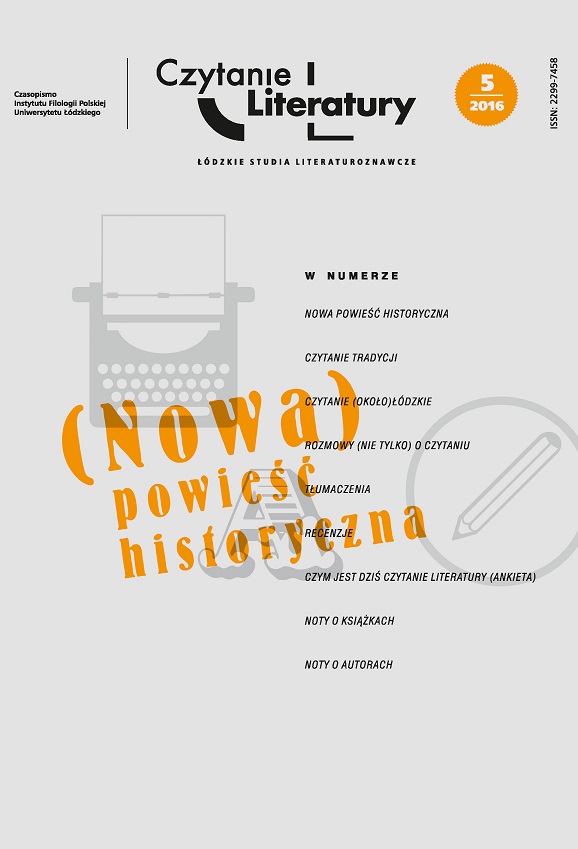„Linia królewska Odry” − literackie strategie „pisania narodu” na przykładzie sygnifikacji polskości Ziem Odzyskanych w powieści piastowskiej (od II wojny światowej do 1989 roku)
“The Royal Oder-Neisse Line” – Literary Strategies of “Writing the Nation”: How the Piast Novel Constructs a Polish Past of the Recovered Territories (from the Second World War until 1989)
Author(s): Natalia LemannSubject(s): Polish Literature, Post-War period (1950 - 1989), Theory of Literature, Politics of History/Memory
Published by: Wydawnictwo Uniwersytetu Łódzkiego
Keywords: Piast dynasty novel; historical novel; postcolonial studies; national pedagogy;
Summary/Abstract: This paper is devoted to the process of signifying the so-called “Recovered Territories” in the Piast novel, a subgenre of the historical novel. The literary and historiographical process of “writing the nation” (Homi K. Bhabha) takes place not only in contemporary literature but is also part of historical discourses which, through national institutions and politics of history, promote a state-endorsed historical vision. Memory discourses, incorporating microhistory, life writing, local narrations, etc., co-shape this process. By means of analyzing how the Polishness of the “Recovered Territories” is constructed in the Piast novel it becomes possible to demonstrate that “writing the nation” has a processual, persuasive and random character and is subject to political demands. The Piast novel as part of “national pedagogy” (again, Bhabha’s term) was of special importance for the Polish authorities after the Second World War. They tried to reconnect the Recovered Territories with Poland through the invocation of the Piast dynasty who a thousand years ago ruled over those lands. Moreover, the Piast novel allowed grounding the results of the Yalta conference in mythical, historical and symbolic images, through which the territorial reallocation became better understandable as part of a historically justified compensation. The relevant texts by Karol Bunsch, Antoni Gołubiew or Władysław Jan Grabski inscribed themselves in the process of connecting the Northern and Western territories with Poland and, by means of becoming a cornerstone of a fantastic foundation narrative, reacted to an urge expressed by both the authorities and the general public.
Journal: Czytanie Literatury. Łódzkie Studia Literaturoznawcze
- Issue Year: 2016
- Issue No: 5
- Page Range: 87-109
- Page Count: 23
- Language: Polish

